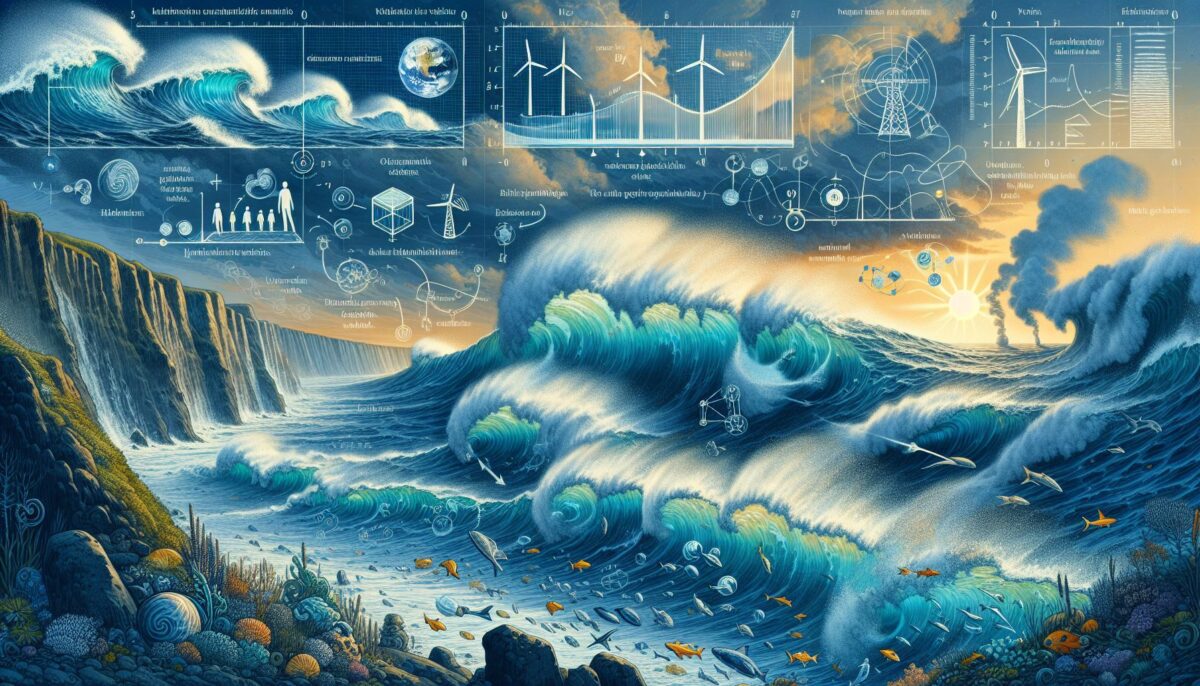Water waves, especially sea whisper and murmur, are undeniably captivating—a satisfying view that leaves us with a sense of awe and induces immeasurable tranquility. However, waves are more than just a feast for the eyes. Waves are catalysts of energy, transporters of matter, and a nurturing site for marine biodiversity. This article seeks to explore the complexities of waves and their myriad impacts on our lives and the world.
Understanding the Formation of Waves
Water waves are physical phenomena consisting of oscillations around an equilibrium point. They’re mainly a result of wind blowing across the ocean or sea’s surface. Other contributing factors include earthquakes or geological changes under the sea, known as tsunamis, and gravitational pull from celestial bodies, or tides.
The Power and Influence of Waves on Maritime Systems
Waves play a pivotal role in the maritime ecosystem. They serve as the lifeblood of biological productivity and maritime trade, contributing simultaneously to the ecosystem and world economy.
Wave Energy – The Future of Renewable Power
Vehicles of energy, the oscillating nature of waves makes them a possible source of renewable power. With increasing interest in sustainable energy, wave energy is being explored to its full potential. Wave energy converters harness the rise and fall of waves, and this energy can then be used to generate electricity.
Marine Biodiversity Sustained by Waves
Waves also foster marine biodiversity. For example, the churning action of waves promotes upwelling processes, bringing nutrients from deep waters to the surface, which fosters plankton growth, in turn attracting a plethora of marine life, from small fishes to the enormous whales and sharks. Consequently, the areas with significant wave activities boast rich biodiversity and become crucial for human dependence on fisheries.
Impacts of Waves on Coastal Ecosystems and Management
Our coastal systems wouldn’t be what they are without the constant battering of waves. They are significant players in shaping and modifying coastal areas, contributing to both coastal erosion and deposition.
Erosion and Deposition Process Shaping Our Coastlines
Wave actions primarily shape coastlines and cause drastic coastal erosion. Over time, wave-induced erosion can lead to the formation of different coastal landscapes, such as cliffs, caves, arches, and stack rock formations. Meanwhile, in quiet waters such as bays, the slower waves deposit sediments, creating estuaries and beaches, which harbor critical habitats and diverse ecosystems.
The Significance of Coastal Management
The effects of waves on coastlines also underline the importance of effective coastal management. The powerful forces of waves can cause flood events and property loss. Good coastal management and engineering can mitigate these impacts and harness the power of waves properly.
Conclusion
Waves are more than an aesthetic spectacle. They are robust facilitators of energy and life, shapers of landscapes, and symbols of potential for renewable energy. Acknowledging their importance pushes us towards more profound studies and sustainable human activities, to coexist without disrupting their essence.
Every ripple, every wave, is indeed a whisper of nature’s power: raw, untamed, and beautifully invincible. Understanding and respecting this power is no longer a choice: it’s an imperative for the sustainability of life on Earth.
Sources:
